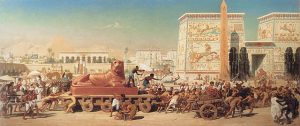by Lois Tverberg
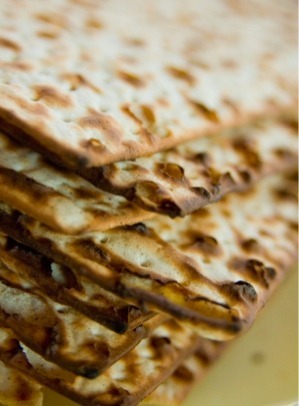 Many of the images in the Bible are obvious to us. We understand God as a shepherd, or being under the protection of his wings.
Many of the images in the Bible are obvious to us. We understand God as a shepherd, or being under the protection of his wings.
One image that is not readily apparent is that of leaven, at least in the modern world. The regulation that for one week each year all leavening had to be removed from dwellings of the Israelites can baffle Western Christians. What is so negative about the little packets of yeast that we use in bread?
It seems especially odd that to celebrate Passover and the week after, during the Feast of Unleavened Bread, it was so necessary to live without yeast. This prohibition is still observed by Jews even until this day.
Learning about food preservation and bread-making in ancient times can help us better understand this imagery. Whenever grain or flour is allowed to get moist, it will acquire a sour taste and get moldy within a few days: the normal process of decay.
 This process comes from yeasts and molds in the air that start growing and producing acids. The microbes will also produce carbon dioxide and sometimes alcohol in this process of fermentation. Without steps taken to prevent it, this will always occur over time.
This process comes from yeasts and molds in the air that start growing and producing acids. The microbes will also produce carbon dioxide and sometimes alcohol in this process of fermentation. Without steps taken to prevent it, this will always occur over time.
Far back in ancient history someone discovered that at an early point in the process, when the dough is still edible, it can be baked and the acid and bubbles will add texture and flavor to the bread. It normally takes a few days before fermenting and rising occur naturally, but it can be greatly hastened by inoculating the lump of dough with a little of an old lump that has been aging longer.
The tradition started to take out a lump of dough made each day and keep it until the next day, and add to the next batch. Sourdough breads today are still made this way by adding a “starter” dough from an earlier batch. The lump of old dough would become sour and inedible overnight, and if left longer it would become rancid and rotten, but it would be mixed into the new lump of dough to cause it to rise.
Once we see this picture of ancient bread-making, it becomes much more obvious why leavened dough (hametz in Hebrew) became an image of a life contaminated by sin. The decay that would lead to “death” or rottenness was added to each batch.
Without it the dough tends to be sweet, but adding it would give the dough a slightly sour taste that would get stronger and stronger until it was baked. (Ancient breads probably tasted more like sourdough bread.) Think of how sin tends to “sour” our personalities, and also cause us to “puff up” with pride. Eventually, as Adam first found out, sin leads to our decay and death.
Interestingly, we find a motif that seems like original sin: the infection was started in the first lump of dough that was leavened long time ago, like Adam committing the first sin. Each lump of dough after that received its “decay” from the dough made the day before, like sin being transmitted from generation to generation.
Most of the time leaven is a negative image, and Jesus uses it that way when he says “Beware of the leaven of the Pharisees and Sadducees” (Matt 16:6). One time, however, he transformed the image to use it in a positive way, to describe the kingdom of heaven. He says that the kingdom of heaven is like leaven, because you can put a very small amount of leavened dough into a very large mass, and it will have a potent effect on the whole thing (Matt 13:33).
Jesus was describing the powerful effect of the gospel, how even a few faithful believers can transform the world around them. Here he isn’t really referring to the image of decay but the ability of a very small amount of dough to cause a transformation of the whole dough. May we be like leaven in this way!
 It’s good to think about what God was saying through leaven, especially around the time of Passover and Easter/Resurrection Day. The most powerful image of leaven is in the Passover meal that Jesus celebrates with his disciples as the Last Supper. When Jesus holds up the bread and says “This is my body” he certainly would have been holding up unleavened bread, or matzah, because the Jews were required to eat the Passover meal with unleavened bread (Deut 16:1-3).
It’s good to think about what God was saying through leaven, especially around the time of Passover and Easter/Resurrection Day. The most powerful image of leaven is in the Passover meal that Jesus celebrates with his disciples as the Last Supper. When Jesus holds up the bread and says “This is my body” he certainly would have been holding up unleavened bread, or matzah, because the Jews were required to eat the Passover meal with unleavened bread (Deut 16:1-3).
Jesus wasn’t just speaking about his body as bread in general, but as this specific kind of bread, made without leaven, unadulterated by decay. Unlike the rest of humanity, who had been leavened with sin inherited from their fathers, he had not been infected with the “rottenness” that was in the rest of mankind.
By using this image he is saying another thing about himself: that he was fit as a sacrifice because he was free of leaven. All animal sacrifices offered up to God had to be without blemish, and any grain offerings offered up to the Lord by fire had to be free of leaven (Lev. 2:11, 6:17). It seems that when God prohibited his people 1,500 years earlier from eating leaven during Passover, he was thinking ahead to when Jesus would use the bread at the Passover meal to describe himself.
Because he is not leavened with sin, he is a suitable sacrifice, and because he is not infected with decay, he is God’s Holy One who will not see decay and will live on eternally! (Psalm 16:10, Psalm 49:9, Acts 13:34-37).
Paul and the other early Jewish believers understood this picture of leaven. Paul uses this image along with the fact that Passover came on the first day of the seven-day Feast of Unleavened Bread to describe how Jesus’ sacrifice should enable us to live righteously:
Do you not know that a little leaven leavens the whole lump of dough? Clean out the old leaven so that you may be a new lump, just as you are in fact unleavened. For Christ our Passover also has been sacrificed. Therefore let us celebrate the feast, not with old leaven, nor with the leaven of malice and wickedness, but with the unleavened bread of sincerity and truth. (1 Cor 5:6-8)
May we all live transformed, unleavened lives!
~~~~
Photos: joshbousel [CC BY-NC-SA 2.0], Michael W. May [CC BY-NC-ND 2.0], Eczebulun [CC BY-SA 3.0]


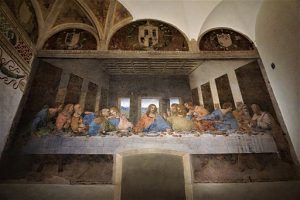
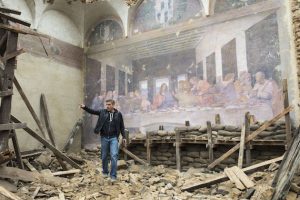
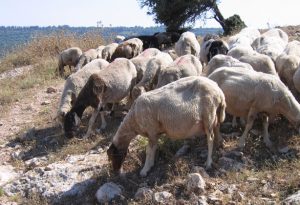
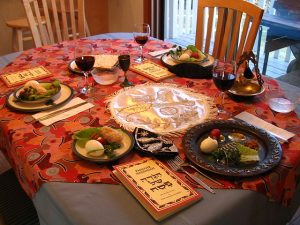



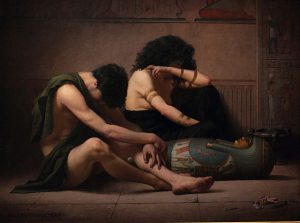 joy of the traditional Passover feast that was marred by the arguments over who was the greatest, and the ugly scene of finding out that Judas was a traitor. For Jesus, this night was one of great turmoil because he knew that it would be hours until Judas would bring the authorities to arrest him. While his disciples nodded off from plenty of wine and good food, he would sweat drops of blood waiting for his torture and execution.
joy of the traditional Passover feast that was marred by the arguments over who was the greatest, and the ugly scene of finding out that Judas was a traitor. For Jesus, this night was one of great turmoil because he knew that it would be hours until Judas would bring the authorities to arrest him. While his disciples nodded off from plenty of wine and good food, he would sweat drops of blood waiting for his torture and execution.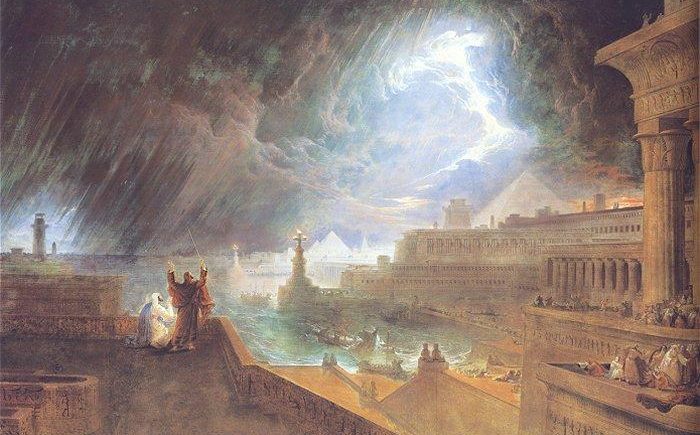
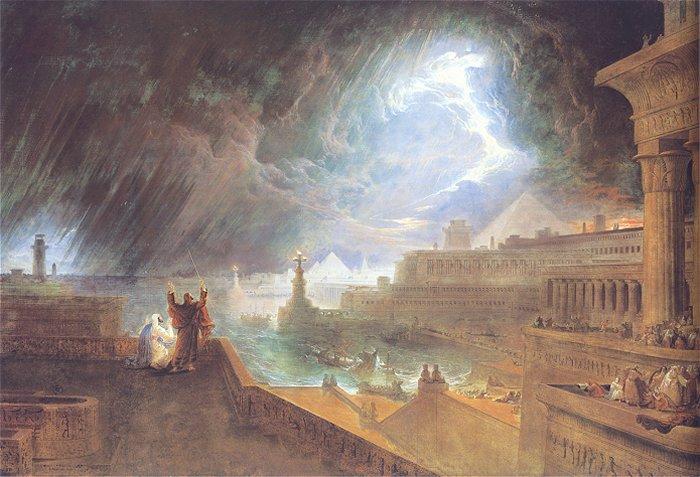
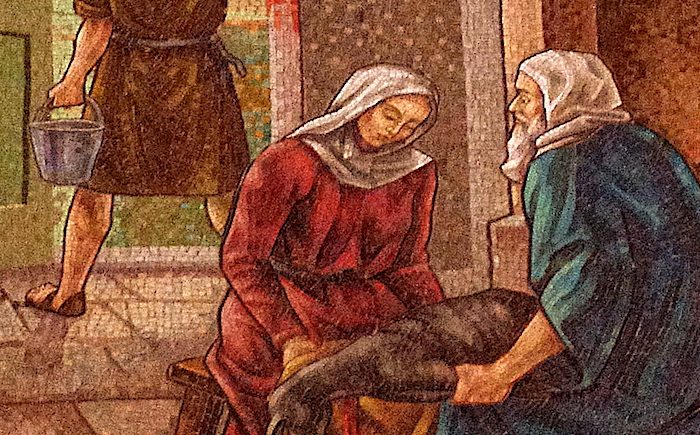

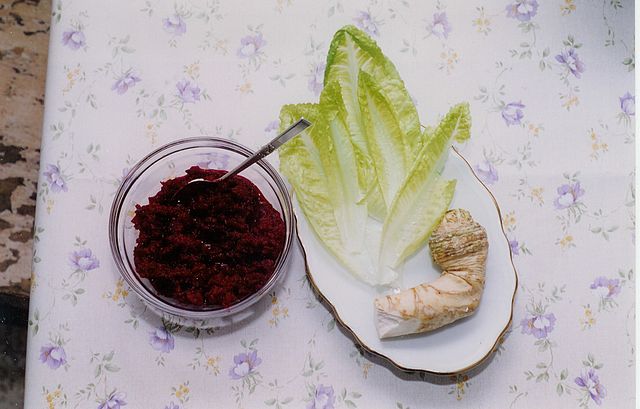
 the bitterness of slavery, and parsley dipped in salt water to remember the tears that their ancestors shed. Along with dry, unleavened bread, these items are the only foods available through the long ceremony that precedes the Passover dinner, which begins very late. As they talk about God’s redemption of people from Egypt, the people relive that hardship for just an hour while they are hungry for dinner but have only dry bread and bitter herbs to eat. Finally, they feast on a meal of wine and meat and wonderful food, reminding themselves of the joy of God’s redemption.
the bitterness of slavery, and parsley dipped in salt water to remember the tears that their ancestors shed. Along with dry, unleavened bread, these items are the only foods available through the long ceremony that precedes the Passover dinner, which begins very late. As they talk about God’s redemption of people from Egypt, the people relive that hardship for just an hour while they are hungry for dinner but have only dry bread and bitter herbs to eat. Finally, they feast on a meal of wine and meat and wonderful food, reminding themselves of the joy of God’s redemption.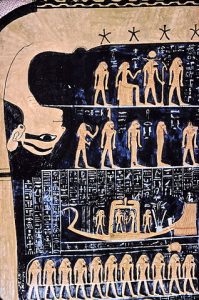 The very first instruction that God gave the Israelites as they were leaving Egypt was to establish a new calendar that was utterly unlike the Egyptian calendar. This may not seem significant to us, but how we measure time is fundamental for how we look at life. Our calendars define the importance of the day to the entire culture, saying whether we should work, rest or worship, or think about some great event in our past.
The very first instruction that God gave the Israelites as they were leaving Egypt was to establish a new calendar that was utterly unlike the Egyptian calendar. This may not seem significant to us, but how we measure time is fundamental for how we look at life. Our calendars define the importance of the day to the entire culture, saying whether we should work, rest or worship, or think about some great event in our past.